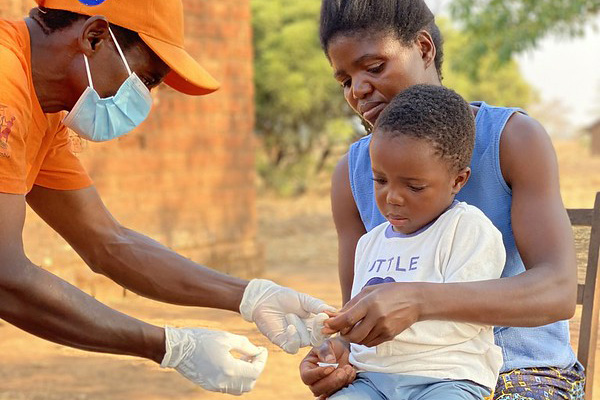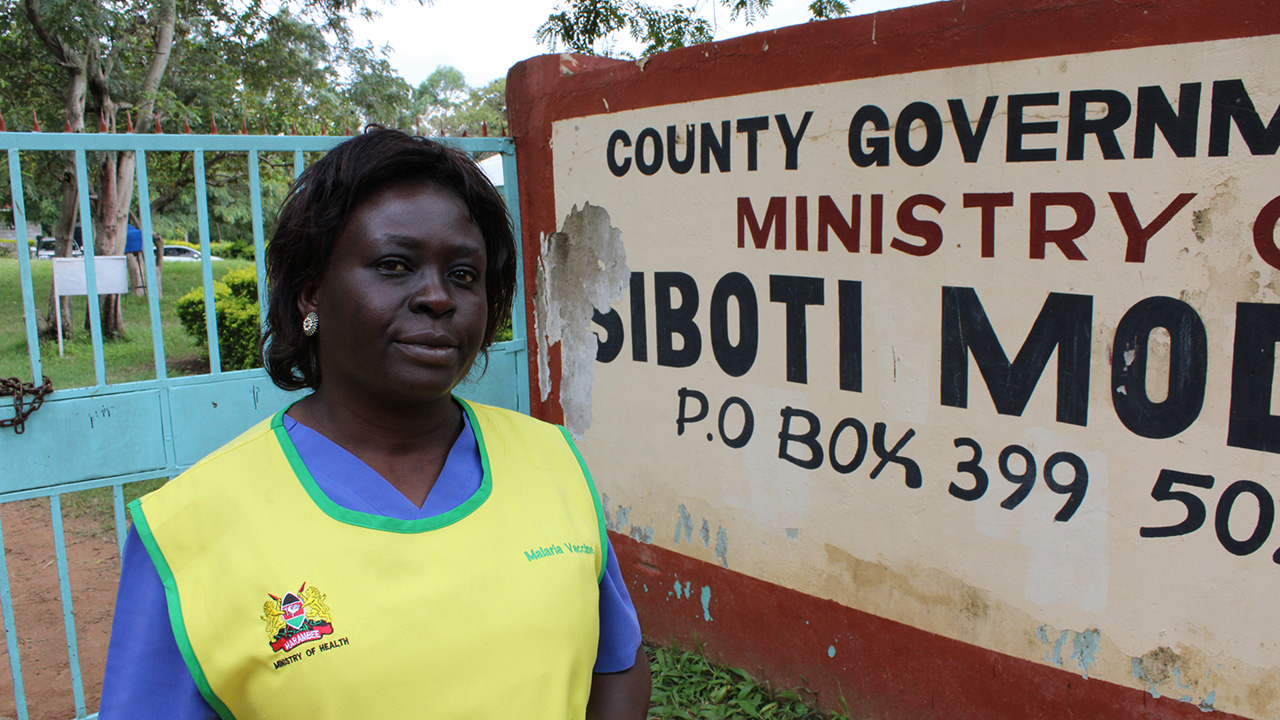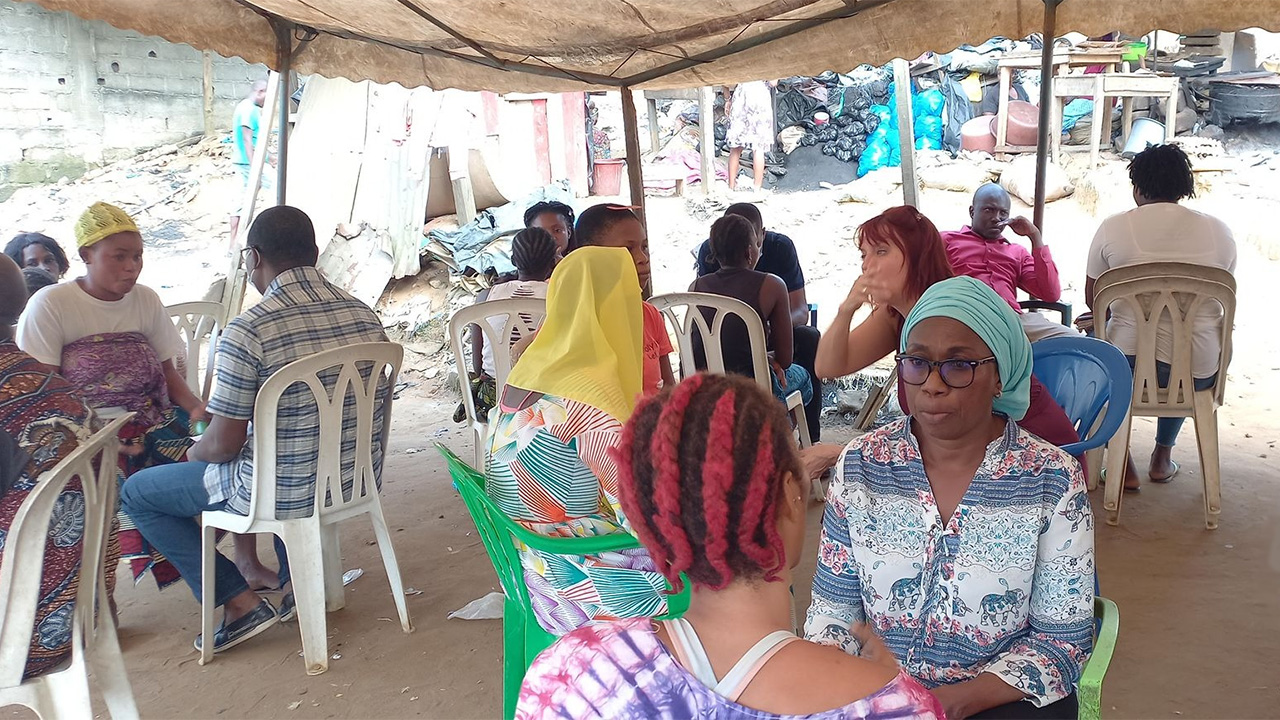Recognizing the pivotal role providers play in patient experiences and outcomes, Breakthrough ACTION emphasizes the need to understand the complex interplay of internal and external factors shaping provider behavior and address those factors through empathetic, supportive approaches. The project encourages the application of a systems lens to provider behavior change (PBC) efforts, building strategic partnerships to address structural, social, and individual factors driving provider behavior. To support practitioners and researchers in adopting a systems approach, Breakthrough ACTION and Breakthrough RESEARCH offer frameworks, illustrative examples, and training opportunities. These resources empower users to better understand and assess the impact of PBC initiatives on service delivery and quality, ultimately advancing the provision of high-quality, equitable health care.
Focus On
Positive Experiences
Operating within complex health systems, multi-level factors influence providers’ workplace environment and behavior. Understanding and addressing these facilitators and barriers can strengthen provider behavior change efforts and the health systems in which they operate. To support global practitioners in expanding their PBC skillset, Breakthrough ACTION developed a comprehensive suite of PBC tools.
Videos are available in English and French.









